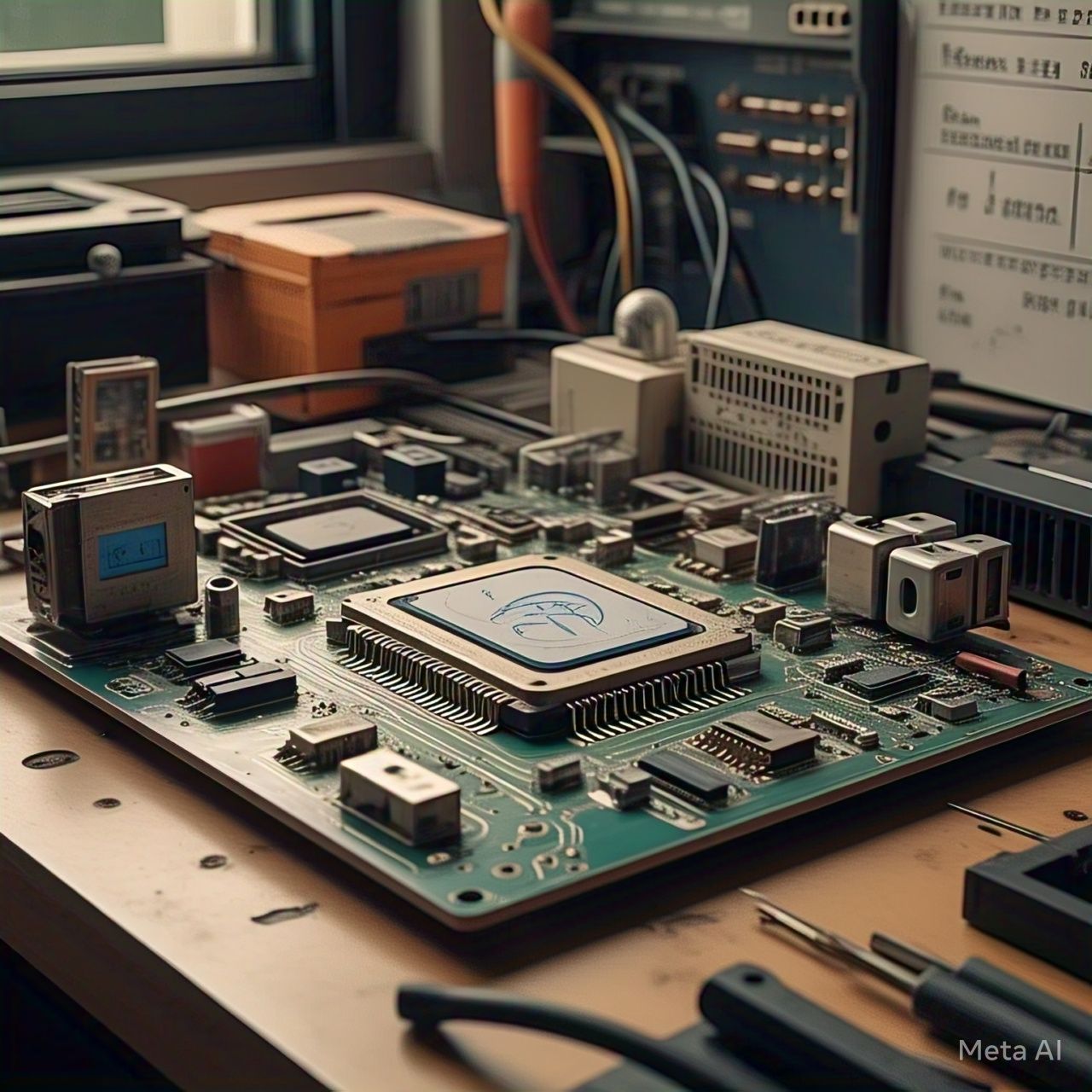Introduction
In an era where energy efficiency is a major concern, artificial intelligence (AI) is playing a crucial role in optimizing power consumption in semiconductor chips. As consumer electronics, data centers, and AI-driven applications demand more processing power, reducing energy usage has become a priority for both manufacturers and tech companies. AI-driven solutions are proving to be game-changers in enhancing chip efficiency, minimizing heat dissipation, and extending battery life.
Why Reducing Chip Power Consumption Matters
Power consumption in semiconductor chips directly impacts:
- Device Performance: Excessive power usage leads to overheating, throttling, and reduced efficiency.
- Battery Life: In mobile devices, lower power consumption translates to longer battery life and better user experience.
- Data Center Efficiency: Power-hungry servers generate immense heat, requiring additional cooling systems, which further increases energy demands.
- Environmental Sustainability: Reducing chip energy consumption helps lower carbon footprints, making technology more eco-friendly.
How AI is Helping Reduce Chip Power Consumption
1. AI in Chip Design Optimization
AI is revolutionizing chip design by identifying power-efficient architectures. AI-powered tools analyze vast datasets to optimize transistor placement, reduce unnecessary power leakage, and improve overall chip layout. Companies like NVIDIA, Intel, and Google are leveraging AI-driven electronic design automation (EDA) tools to create chips that consume less energy while maintaining high performance.
2. AI-Optimized Power Management
AI algorithms can dynamically adjust power usage based on real-time workloads. For instance:
- Dynamic Voltage and Frequency Scaling (DVFS): AI adjusts voltage and frequency levels based on processing needs, reducing energy consumption during low-intensity tasks.
- Intelligent Power Gating: AI deactivates idle circuits, preventing unnecessary power drain.
- Adaptive Workload Management: AI distributes workloads efficiently to minimize power spikes and balance energy usage.
3. Machine Learning for Predictive Power Optimization
Machine learning models can predict workload patterns and optimize power consumption proactively. By analyzing past usage data, AI can anticipate computing demands and adjust power allocation accordingly. This is especially useful in data centers and edge devices, where energy efficiency is critical.
4. AI-Driven Cooling and Thermal Management
High-performance chips generate heat, and AI is being used to optimize thermal management. AI-based cooling systems:
- Monitor and Predict Heat Buildup: AI detects temperature fluctuations and prevents overheating by adjusting fan speeds or redistributing workloads.
- Improve Heat Dissipation Techniques: AI helps design better heat sinks and cooling strategies to maintain chip efficiency.
5. Neural Processing Units (NPUs) for Energy-Efficient AI Workloads
Traditional CPUs and GPUs consume a lot of power while processing AI tasks. To address this, specialized AI chips called Neural Processing Units (NPUs) are designed for low-power AI computations. NPUs efficiently handle machine learning tasks with minimal energy consumption, making them ideal for mobile devices, IoT applications, and AI-powered wearables.
Future of AI-Driven Power Efficiency in Chips
The integration of AI in chip power management is still evolving, but the future looks promising. We can expect:
- More AI-assisted chip designs that push the limits of power efficiency.
- AI-powered self-optimizing processors that continuously learn and improve their own power usage.
- Breakthroughs in AI-driven cooling that minimize energy waste.
Conclusion
AI is transforming the way semiconductor chips manage power, leading to smarter, energy-efficient processors across industries. From optimizing chip architecture to dynamically managing power usage, AI-driven solutions are reducing energy consumption, extending device longevity, and making technology more sustainable. As AI continues to evolve, its role in power-efficient chip design will become even more significant, paving the way for a greener, high-performance future.
Would you like any refinements or additional details? 🚀




